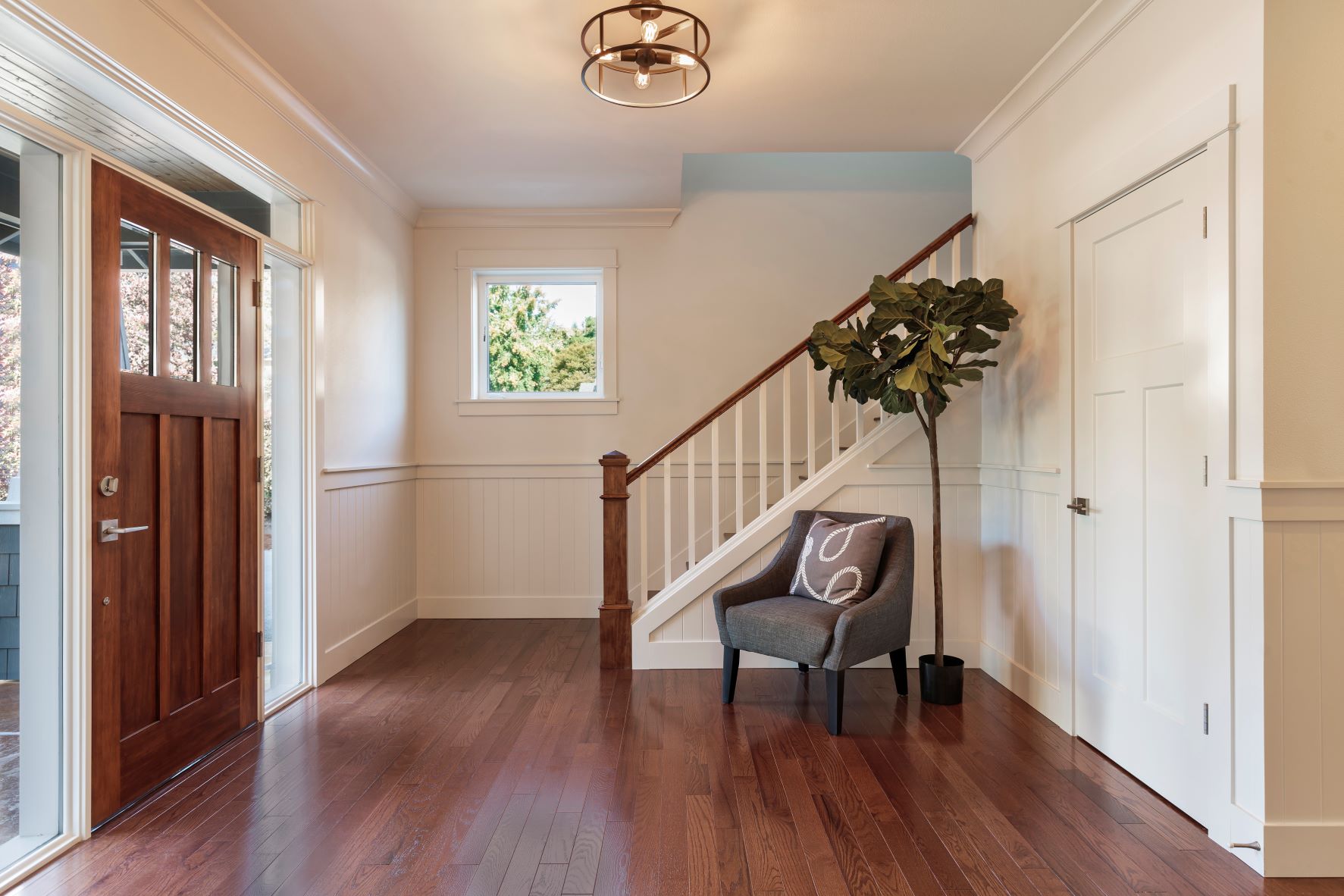60% of American homes are underinsured. Is yours?
An estimated 60% of American homes are underinsured by at least 20% of the cost to fully replace them. Although those homeowners would likely have enough coverage for common claims, like floor damage after a burst water pipe, they could be left thousands of dollars short if they have to rebuild their homes and replace belongings after a catastrophic total loss, like a fire.
 The underinsurance epidemic is not the result of skyrocketing home prices (more about that below). Instead, it often traces to four common mistakes:
The underinsurance epidemic is not the result of skyrocketing home prices (more about that below). Instead, it often traces to four common mistakes:
-
Failing to account for changing weather patterns that affect a home’s risk profile. During the past decade, record-setting weather events – temperature extremes, heightened wildfire activity, and “atmospheric rivers” among others – have become more common across our region, putting some homes at greater risk.
Environmental flooding is a growing concern, with about 20% of flood-insurance claims coming from homes in areas classified as low to moderate risk. Nearly half of the homeowners in the United States think that their homeowners insurance policies cover environmental flood damage that results from excessive rainfall or snowmelt. That, unfortunately, is not true. That kind of flooding requires separate flood insurance, sold through the federal government’s National Flood Insurance Program and a few specialty companies. Although PEMCO doesn’t sell flood insurance, our affiliate PEMCO Insurance Agency can help you explore your flood insurance options. -
Holding onto outdated or overly restrictive policies. Many older homeowners policies provide Actual Cash Value (ACV) coverage. That means they pay for damaged homes and property in their current (depreciated) state, not the cost to rebuild today or replace old belongings with new ones. They also don’t cover added costs for removing debris, site workarounds, or additional repairs to bring older structures up to current building codes. Still other policies offer only named-peril coverage. That means no coverage applies unless the exact risk is spelled out in the policy.
The better choice is open-peril , extended replacement coverage. It protects against any risk not specifically excluded in the policy, gives homeowners “new for old” coverage for most items once they’re repaired or replaced, and includes a buffer to cover higher labor and material costs that are common after a widespread natural disaster. (PEMCO homeowners and condo policies can provide that kind of protection. Ask your local PEMCO agent or a representative at 1-800-GO-PEMCO for details.) -
Forgetting to increase policy limits after additions or remodeling. Most homeowners start out with the right amount of coverage. But over the years, they may add structures like outbuildings, fences, decks, retaining walls and solar panels. Insurance coverage can fall short if they don’t increase coverage as well. The same is true for cosmetic remodeling upgrades that add up over time – replacing vinyl floors with hardwood, updating laminate countertops with quartz and replacing builder-grade appliances with chef-quality equipment.
-
Relying on standard-policy limits for high-value items. Virtually all homeowner policies sold in the United States have maximum combined and individual limits for certain types of high value items like jewelry, fine art, collectibles and firearms. If homeowners buy or inherit items worth more than the coverage their standard policy provides, they’re left under-protected if those items are damaged or stolen. Most companies, including PEMCO, can sell additional protection priced per-item, with no deductible.
One thing that won’t leave you underinsured: rising home values. Insurance is based on rebuilding – not purchase – costs in your area. Rebuilding costs aren’t affected by many factors that weigh heavily on real estate prices, including supply and demand for homes in the area, school district ratings, access to public transportation, neighborhood aesthetics and land value.
That said, rebuilding almost always costs more than building from scratch, since there’s usually debris to clear and other structures, neighbors, landscaping and utilities to work around. In addition, builders can’t take advantage of volume discounts (like buying a truckload of refrigerators) when repairing a single home like they can when putting in an entire new housing development. PEMCO monitors changing costs for labor and materials and automatically adjusts coverage to accommodate them.
If you’re wondering if your policy could fall short, check the “Coverage A” amount found on your latest renewal. If it seems too low or you’re just not sure, call your local PEMCO agent or 1-800-GO-PEMCO for a complimentary review. While no one knows your home better than you do, you don’t have to go it alone when determining the right amount of coverage.
Share on social media